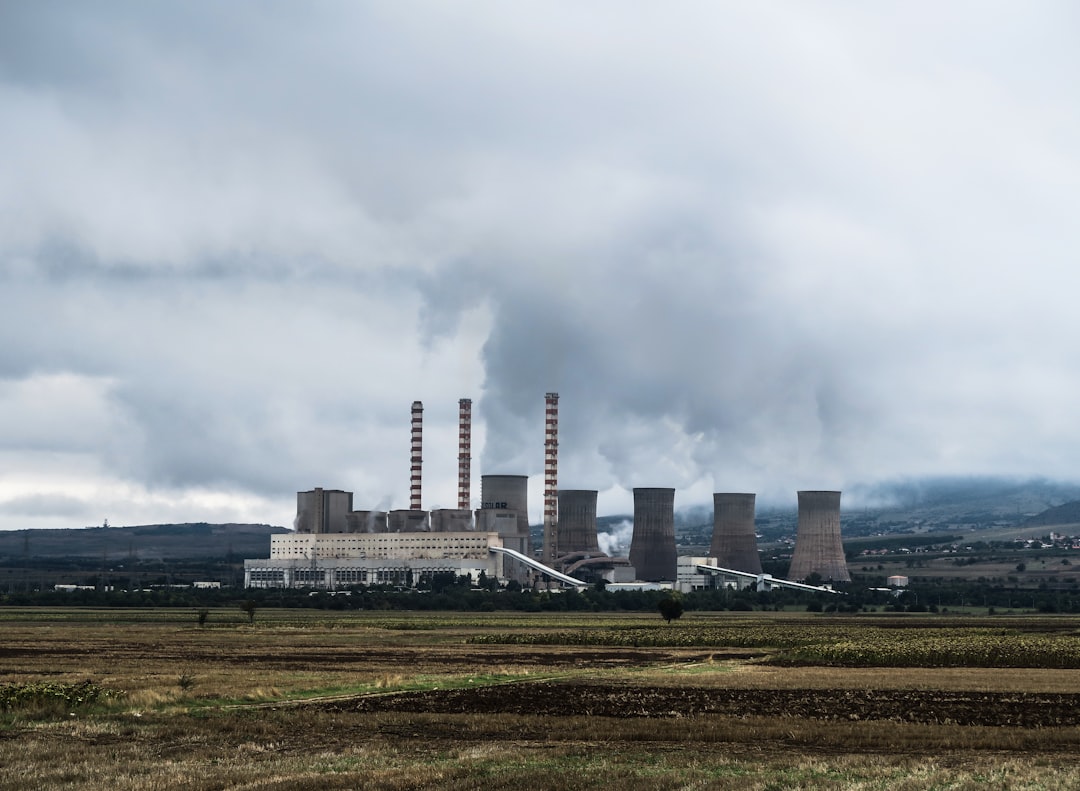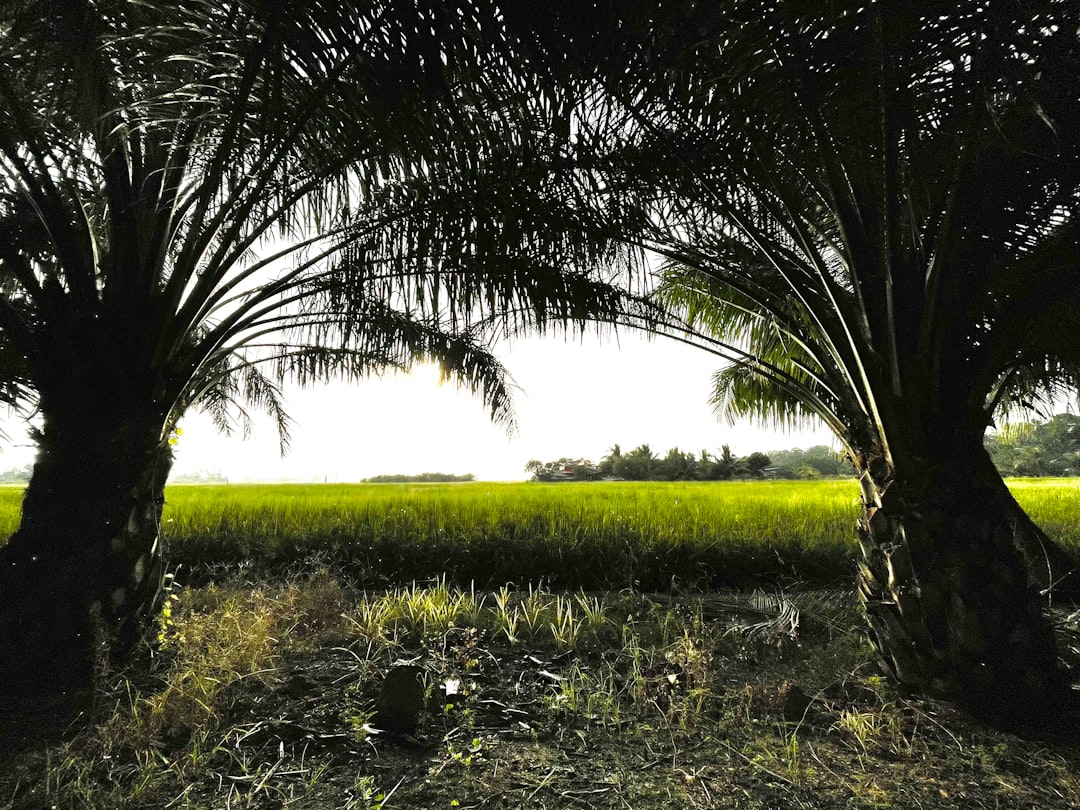What is it about?
Spark-ignition (SI) engines are a key component of modern powertrains, but they face increasing pressure to meet stricter emissions standards. One approach to improving engine efficiency is downsizing, which involves using smaller engines and boosting them with turbochargers. However, traditional waste-gate (WG) turbochargers have limitations that can hinder performance, especially at low and high engine speeds. To address these limitations, variable geometry turbines (VGTs) have emerged as a promising alternative. Unlike WG turbines, which regulate exhaust flow to control boost pressure, VGTs utilize adjustable vanes within the turbine to dynamically optimize airflow and power output. This paper presents a comprehensive study comparing the performance of WG and VGT systems in SI engines. The authors developed a methodology that combines experimental data with theoretical modeling to provide a rigorous evaluation of these technologies.verall, the study concludes that VGT technology is a valuable addition to SI engines, offering significant performance improvements across a wide range of operating conditions. VGTs' ability to optimize airflow and boost pressure enhances torque, efficiency, and fuel economy, making them a promising solution for meeting future emissions standards and enhancing driving performance.
Featured Image

Photo by Media Digital on Unsplash
Why is it important?
The study presented in this paper demonstrates the significant advantages of variable geometry turbines (VGTs) over traditional waste-gate (WG) turbines for gasoline direct-injection (GDI) engines. VGTs offer enhanced performance across a wide range of operating conditions, including improved low-end torque, higher efficiency, and better altitude performance. Additionally, VGTs contribute to reduced fuel consumption and emissions, making them a key enabler of sustainable transportation. From a technical perspective, VGTs outperform WG turbines by dynamically adjusting the turbine vanes to optimize airflow and boost pressure. This allows VGTs to operate at their peak efficiency across a broader range of engine speeds, resulting in improved torque, power delivery, and fuel economy. Additionally, VGTs are better suited for high-altitude operation, where the reduced air density requires a higher compressor pressure ratio to maintain engine performance. The social impact of VGT technology is substantial. By improving fuel efficiency and reducing emissions, VGTs contribute to cleaner air and a healthier environment. Additionally, VGTs enhance the driving experience by providing better acceleration, power, and fuel economy. This makes VGT-equipped vehicles more attractive to consumers and contributes to sustainable transportation.
Perspectives
As one of the authors of this research paper, I am excited to share the findings that variable geometry turbines (VGTs) offer significant advantages over traditional waste-gate (WG) turbines in a wide range of operating conditions. VGTs excel at both low- and high-end torque, providing a smoother and more responsive driving experience. In addition, VGTs outperform WG turbines at higher altitudes, where air density is lower. By optimizing boost pressure and efficiency, VGTs contribute to improved fuel economy and reduced emissions. Overall, our study highlights the transformative potential of VGT technology for enhancing the performance and efficiency of gasoline direct-injection (GDI) engines.
Ass. Prof. Joaquin De la Morena
Universitat Politecnica de Valencia
Read the Original
This page is a summary of: Methodological analysis of variable geometry turbine technology impact on the performance of highly downsized spark-ignition engines, Energy, January 2021, Elsevier,
DOI: 10.1016/j.energy.2020.119122.
You can read the full text:
Resources
Contributors
The following have contributed to this page










